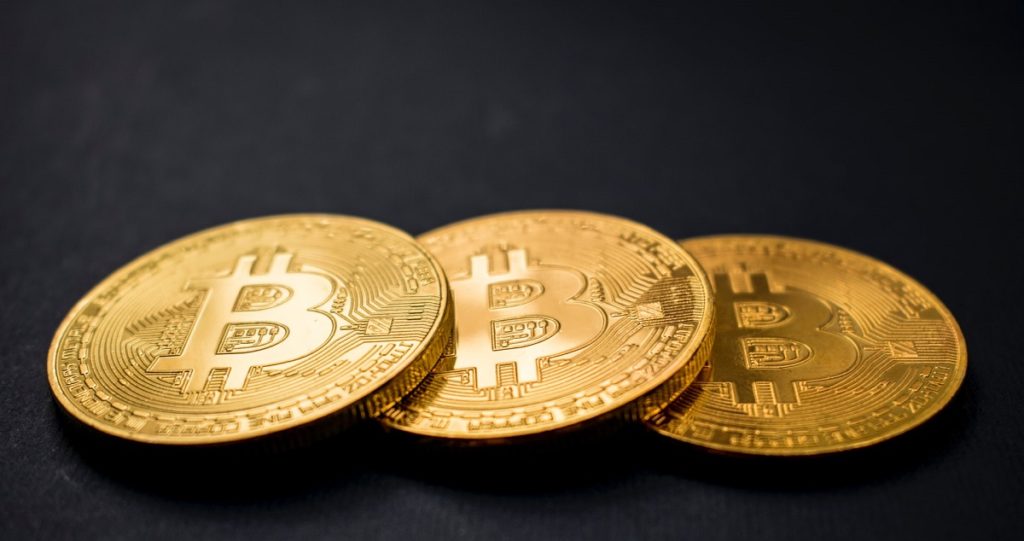
As believers, it is important to understand that Pursuit of Wealth and Acquisition of Wealth are two very different things. This is an important distinction because one does not necessarily follow the other. Nor does one necessarily require the other.
A person’s Love-of-Money profile is defined as the combination of two measures:
- Fear and
- Greed
By way of example, let’s consider two people in similar financial circumstances — we’ll call them James and Peter. The only difference between these individuals is their Love-of-Money profile. Both James and Peter earn $2,000/month and both of them have a disposable income of about $200 after expenses.
Both are Godly believers who give their tithes and offerings as the first-fruits of their labor each month. In other words, they have given to God and the kingdom, paid their rent and expenses and have ensured that they also put something into their savings each month as well — in their case, this is $200.
As such, they have each managed to save $2,400 over the past year.
Pursuit of Wealth Mindset

Peter ranks higher on the Love-of-Money profile scale. As such, he has an inherent fear of losing what he has already acquired. At the same time, his greed forever drives him in pursuit of acquiring more wealth. This creates an interesting spending pattern.
Peter’s Fear-Tolerance for loss is low. As such, he is inclined to only risk small amounts of his disposable income or savings. In fact, Peter’s greatest fear is that he will lose his entire year’s savings in a venture that he doesn’t understand, or one that goes bad. This makes him reluctant to invest his whole nest egg. He prefers to invest only small amounts.
At the same time, Peter’s high Greed-Factor means that he forever seeks ways to pursue riches and the acquisition of large gains. It is not that he is averse to investing; he just doesn’t want to lose all his money. In order to satisfy his high Greed-Factor, Peter is inclined to seek high-yield investments rather than low-yield ones.
Thus, when a work colleague presents Peter with an opportunity to invest in a new Forex Trading scheme that uses Bitcoin to process transactions and promises a 1% growth per day, this arrests Peter’s attention.
Peter grabs a calculator and works out that, for a mere $200 investment today, he can grow that investment to a little over $7,500 in one year, assuming an average 1% growth per day. Peter understands the risks. It is obvious that this kind of growth is highly unlikely and probably not sustainable. He recognizes that this opportunity sounds too good to be true.
However, the opportunity appeals to Peter’s Love-of-Money profile.
Fear Tolerance: Low — The investment only requires a tiny portion of his savings; if he loses the $200, he can make that back by the time he receives his next paycheck. He is okay with losing $200. Check!
Greed Factor: High — The investment promises massive returns. In fact a $7,500 return in one year means that he could increase his total savings to nearly $10,000 in a year’s time, even if he doesn’t save another dime over the next year. Check!
For Peter, the decision is already made; this opportunity is a 100% match for his Love-of-Money profile. In return for a relatively small investment, he is able to exercise his goal; the pursuit of wealth.
Unfortunately, Peter’s gut instinct is correct. This type of investment is foolish. The reason the scheme processes its transactions in Bitcoin is because those transactions are largely untraceable. This is important to those running the scheme as their offer is unregulated. They know full well that this scheme will fail and have no intention of ever paying their investors any money.
In short, Peter has just lost $200. His pursuit of wealth did not result in the acquisition of wealth. In fact, quite the opposite; it resulted in a loss.
Acquisition of Wealth Mindset

James ranks fairly low on the Love-of-Money profile scale — but he understands that he should do something sensible with his money and ensure that it continues to grow. This will allow him to create a sustainable revenue stream for future giving opportunities.
As a result, his Fear Tolerance is fairly high. James is quite happy to invest his entire savings in a venture as long as it looks viable. Even the loss of his entire nest-egg does not terrify him. ‘After all, money is just not that important!’ James reasons.
Conversely, James is not interested in massive, or unrealistic gains, as his Greed-Factor is actually quite low. A nice, sustainable 8%-12% growth is just fine for him. Pursuit of wealth is not his primary driver.
For this reason, James is able to trust his gut when the same Forex/Bitcoin opportunity presents. Because his choices are not limited by his Fear Tolerance and, because he is not driven by his Greed-Factor, James is able to see the con for what it is and he wants no part of it.
Instead, James opts for an Index-Linked fund on the stock market which spreads his risk and offers anticipated gains of 10%-12% per annum. And, because he is not particularly afraid of losing his money, he invests his full $2,400.
Fear Tolerance: High — To make any meaningful gains this investment will require at least $2,000. He is okay with losing $2000. Check!
Greed Factor: Low — The investment promises small, but realistic, returns. In fact a $2,000 investment will an anticipated yield of somewhere between $160-$240. This is more than enough for James. Check!
Over the next year, the market gains 10%. As a result, James has now acquired wealth to the tune of $240.
The true irony of the above example is that James acquired wealth without pursuing it, while Peter pursued wealth without acquiring it. This is the difference between the love of money and the acquisition of wealth.
